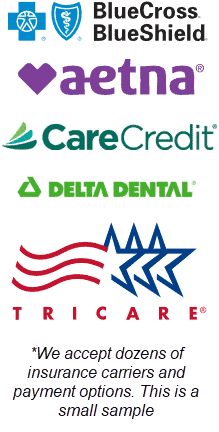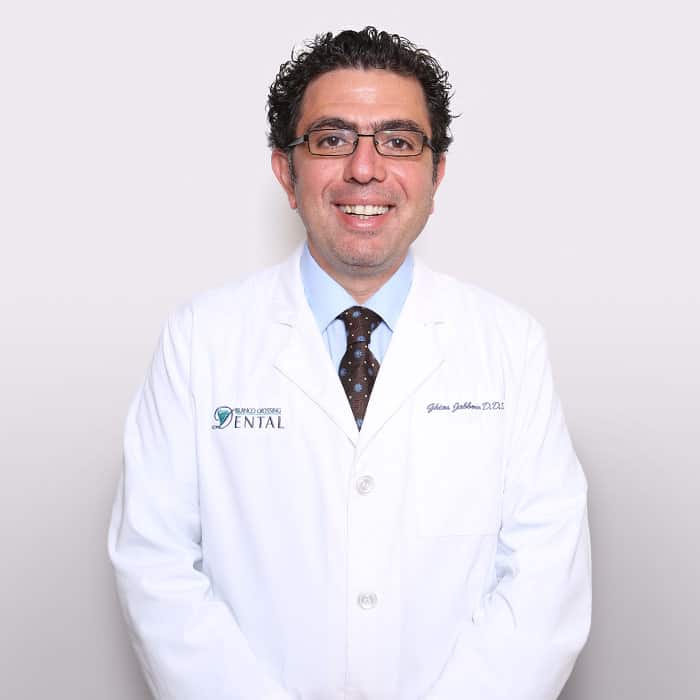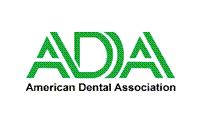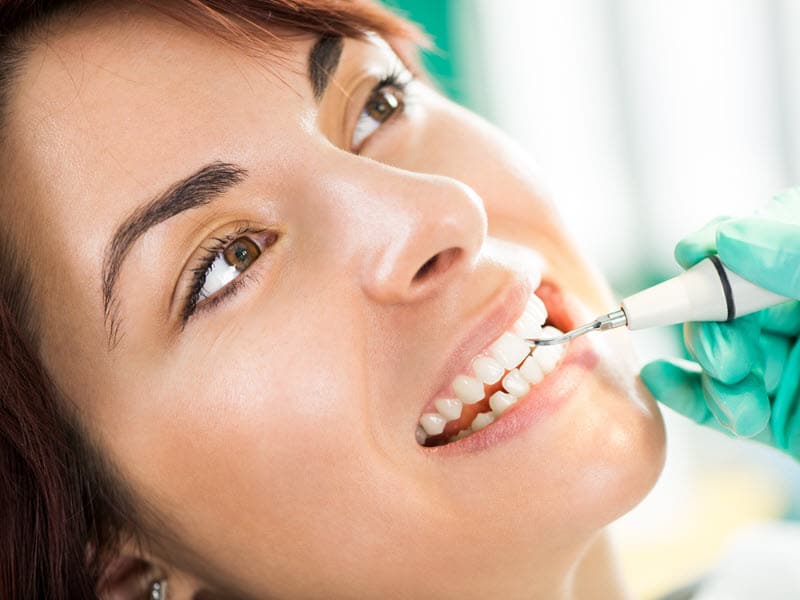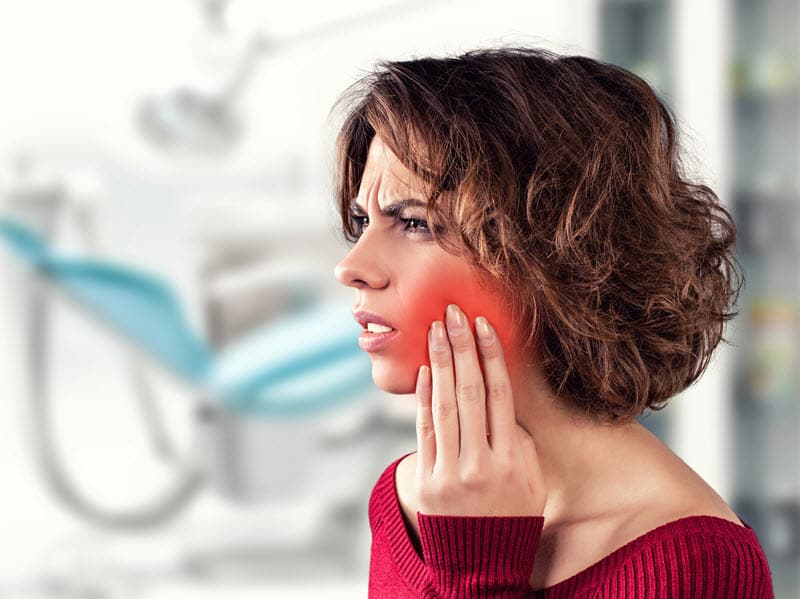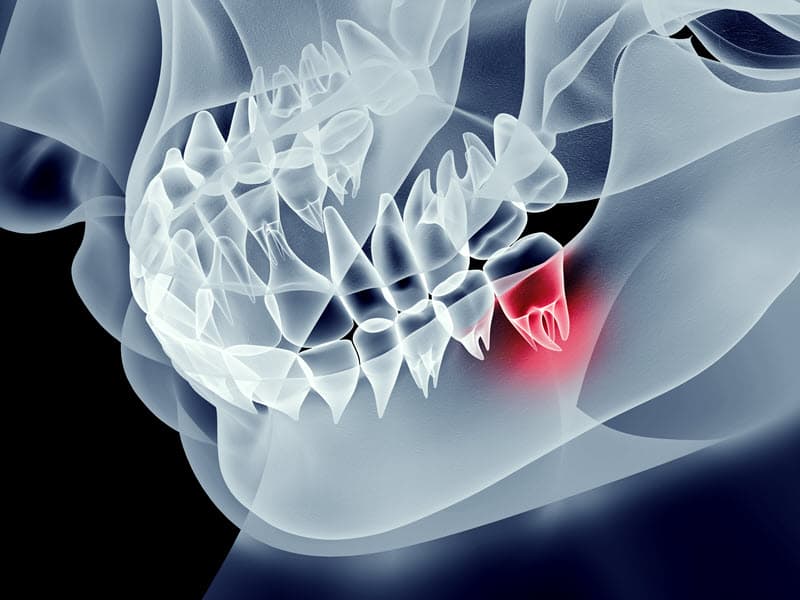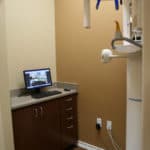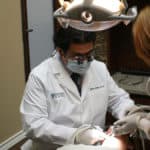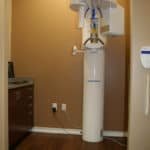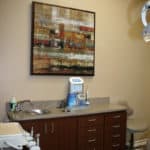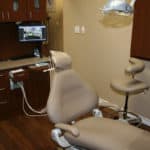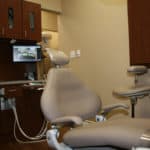Dental Instruments Used to Keep Your Mouth Healthy
During a dental checkup at Blanco Crossing Dental, we examine your throat, gums, tongue, lips, jaws, and teeth. As part of this process, we look for signs of decay, disease, and even early signs of oral cancer. We also recommend coming in for a routine dental cleaning twice a year to maintain good dental hygiene and keep your teeth and gums healthy.
Here, we explain several of the dental tools we use during a dental cleaning session and what they do. Each has a specific function that helps us make sure you have clean teeth, healthy gums, and a sparkling smile.
Mirrors
When it comes to teeth cleaning tools, it isn’t all about the tools that do the actual cleaning of the teeth. Before we can get started on the cleaning process, we need to get a better look at the current state of your mouth and teeth. That’s where mirrors come in.
How a Hygienist Positions a Dental Mirror to See the Hard to Reach Places in Your Mouth
We utilize high quality mirrors with bright, reflective surfaces to provide a precise image of each tooth. Additionally, concave mirrors are utilized to enlarge specific areas for closer examination. Mirrors are employed to assist in positioning your tongue, lips, or cheeks to allow us to thoroughly inspect hard-to-reach areas.
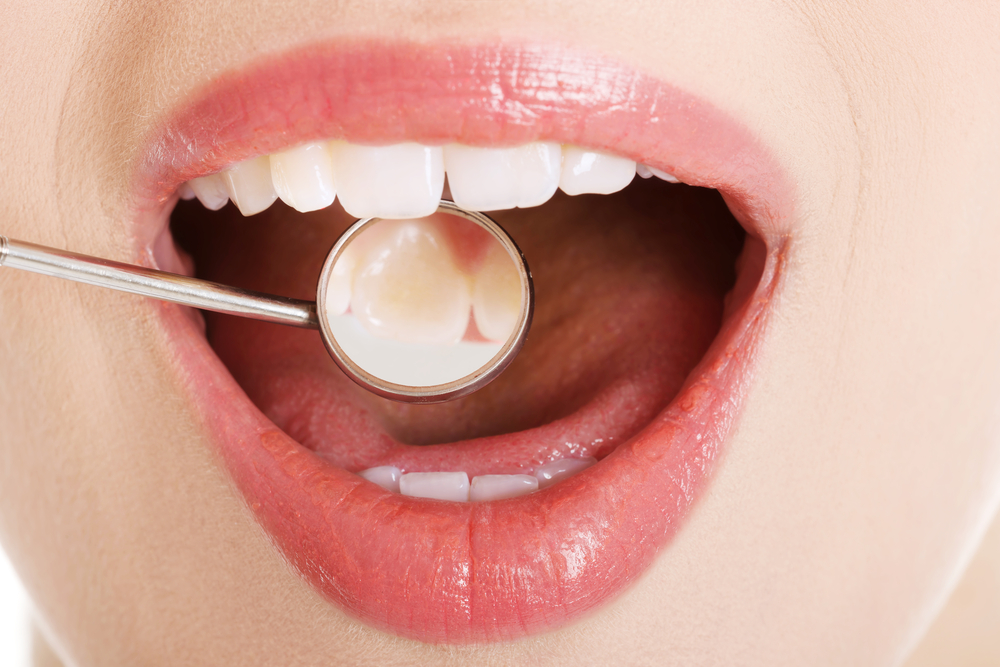
Scalers
Scalers are the teeth cleaning tools that actually remove the unwanted buildup on your teeth and help you to maintain your overall oral hygiene. Even with regular brushing and flossing, soft plaque gradually builds up. Plaque is a sticky film that develops when you eat and drink. It combines with saliva, food, and liquids to produce bacteria that become acidic and break down tooth enamel.
Powered and Hand-Held Scalers
There are two types of scalers: powered and hand-held. A powered scaler is a dental tool that functions as an ultrasonic cleaner for your teeth. It not only works as a very effective plaque remover, but it also makes use of ultrasonic frequencies to remove tartar deposits from your teeth and areas just below the gum line. We spray water and air into your mouth to cool the instrument, wash deposits away, and clean your teeth. Patients usually find this treatment comfortable.
Hand-held scalers are dental cleaning tools with sharp, pointed ends. We use these to scrape deposits from the surfaces of your teeth. There are several types of scalers that let us reach all the areas of your teeth and gums. They are also used to remove deposits from just below the gum line, an important step in preventing and treating gum disease.
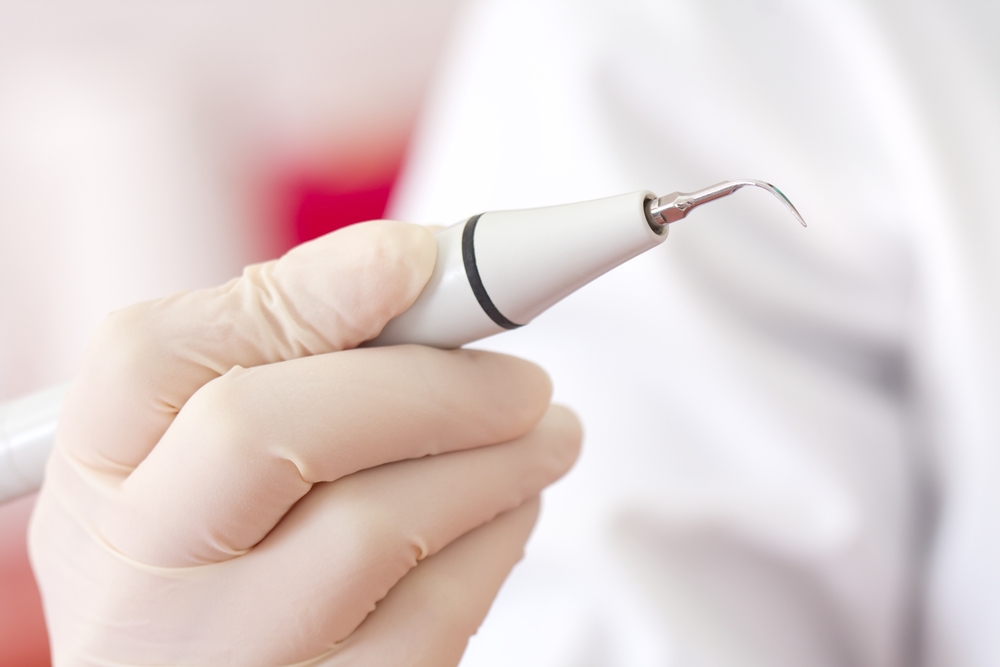
Saliva Ejectors
From previous trips to your dentist, you’re almost certainly familiar with saliva ejectors, which are also referred to as spit suckers. Sure, it sounds kind of gross, but they’re an essential part of the teeth cleaning process.
They are used to suction saliva, water, blood, and debris that is generated from the cleaning process from your mouth during dental cleanings and other procedures, preventing you from ingesting these materials.
A saliva ejector consists of a disposable tube resembling a curved straw that is inserted into your mouth. This tube is connected to a longer one that removes liquids and particles. By eliminating these substances, your mouth stays clean and comfortable while the dental hygienist works on cleaning your teeth. Saliva ejectors are utilized by dentists during various procedures such as fillings, extractions, and orthodontic treatments. The permanent tubing is cleaned and disinfected after each patient to avoid any cross-contamination.
Polishers
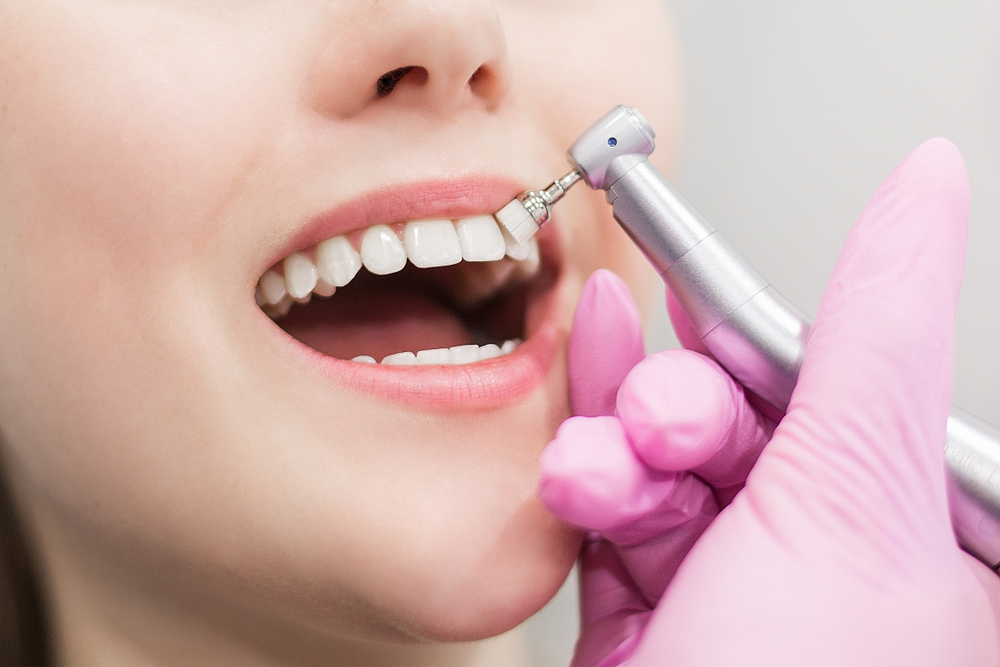
Computer Imagery
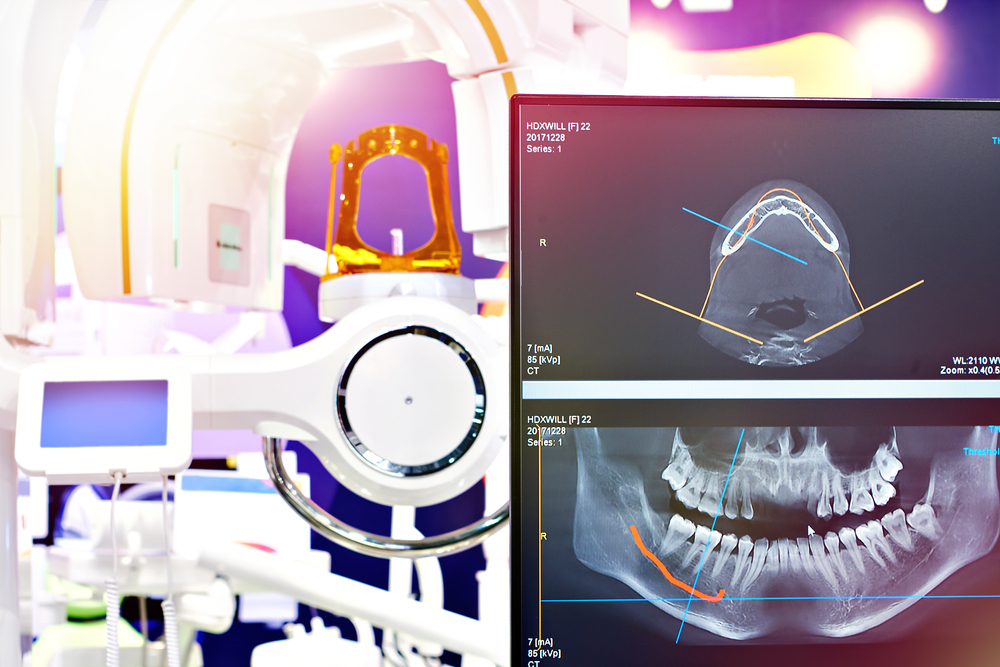
Dental Floss
At Home Tool #1: Your Electric Toothbrush
The focus of this article is what the dental hygienist uses to keep your teeth clean – but there are also tools that you can use at home in order to keep plaque at bay and maintain your overall oral health.
The first tool is the electric tooth brush. Yes – electric toothbrushes – not the old fashioned manual toothbrushes are the front line of defense for teeth cleaning tools.
While most of this article covers tools that your dental offices uses to clean teeth, there are plenty of steps you can take at home to maintain your oral hygiene. Electric toothbrushes are the two main teeth cleaning tools in your arsenal that you can use to maintain a healthy mouth.
Our dentist, Dr. Jabbour is a big proponent of electric toothbrushes for the following reasons:
- Better at Removing Plaque: Electric toothbrushes are generally more effective at removing plaque compared to manual toothbrushes. Their bristle movement, which can be oscillating-rotating or sonic, helps to break down plaque and sweep it away from teeth and gums. The more plaque you’re able to remove from your teeth at home can possibly result in less time in the dental chair while you get your teeth cleaned.
- Effective Bristle Motion: The automatic bristle movements ensure a consistent brushing technique, which can be particularly beneficial for individuals who may not have the dexterity or technique to brush effectively with a manual toothbrush. It is hard to replicate these effective motions with a manual toothbrush.
- Built-in Timers: Most modern electric toothbrushes come with built in timers to help users brush for the ADA recommended two minutes (30 seconds for each section of your mouth). This can help ensure that all areas of the mouth receive adequate attention.
- Pressure Sensors to Protect Your Gums: Some electric toothbrush models have onboard pressure sensors that will alert you if you’re brushing too hard. This feature can help prevent gum recession and wear on the enamel.
- Easier to Keep Braces Clean: For those with braces or other orthodontic treatments, electric toothbrushes can be particularly effective in cleaning around brackets and wires.
At Home Tool #2: Your Water Flosser
While a water flosser may not serve as a complete replacement for traditional flossing, these powered flossers do offer many benefits. Be sure to discuss with your dentist for more information.
- Plaque Removal: Water flossers use a stream of pulsating water to remove food particles, bacteria, and plaque from between teeth and below the gumline, areas that are sometimes difficult to reach with traditional floss.
- More Gentle on Gums than thread or tape dental floss: If you have sensitive gums or experience pain or bleeding with traditional flossing, water flossers can be a gentler alternative that still effectively clean spaces in between teeth.
- Works Well with Braces and Other Dental Work: Patients with braces, bridges, crowns, or dental implants may find it challenging to use traditional floss.Water flossers can clean around these structures more easily and effectively.
- Encourages Regular Flossing: Some individuals may be more inclined to use a water flosser regularly because they find it more convenient or enjoyable compared to traditional floss.
Frequently Asked Questions
Can I remove tartar by myself (without going to the dentist)?
Can I scrape plaque off my teeth?

About Our Dental Office
Blanco Crossing Dental of San Antonio, Texas, was founded by Dr. Ghias Jabbour, DDS, who has been practicing dentistry since 1995. We strive to provide the highest level of oral care and we put you at ease during your teeth cleaning. If you are anxious about dental treatment, please let us know. We are always happy to explain what we will do before we start. We will show you the dental tools and instruments we plan to use and ask you to let us know if you experience discomfort during treatment.
We also offer several relaxation and oral sedation. Please let our staff know if you experience anxiety about dental treatment. When you are relaxed, it is easier for us to help you have a positive experience and maintain oral health.
